Keeping your equipment protected from all the elements during shipping and storage isn’t an easy task. But, which of mother nature’s elements are the MOST harmful to your equipment? Great question! Knowing the answer can save you time and money when deciding how to protect your assets during storage, down-time, and transportation.
Maybe just as important as knowing the elements that are likely to harm your equipment, is knowing the effects that come from said elements. The severity of the elements in this list, of course, depend in large part on your geographic location. If you live in the North (U.S.), you have less of a UV issue and more of a salt issue. If you live in Florida, you have UV and salt problems because of the hot climate and proximity to the ocean. No matter where you live though, one of these elements is likely to be detrimental to your equipment and machine assets. So, here are the 5 elements that can wreak havoc on your equipment, followed by some tips for defeating them:
Moisture
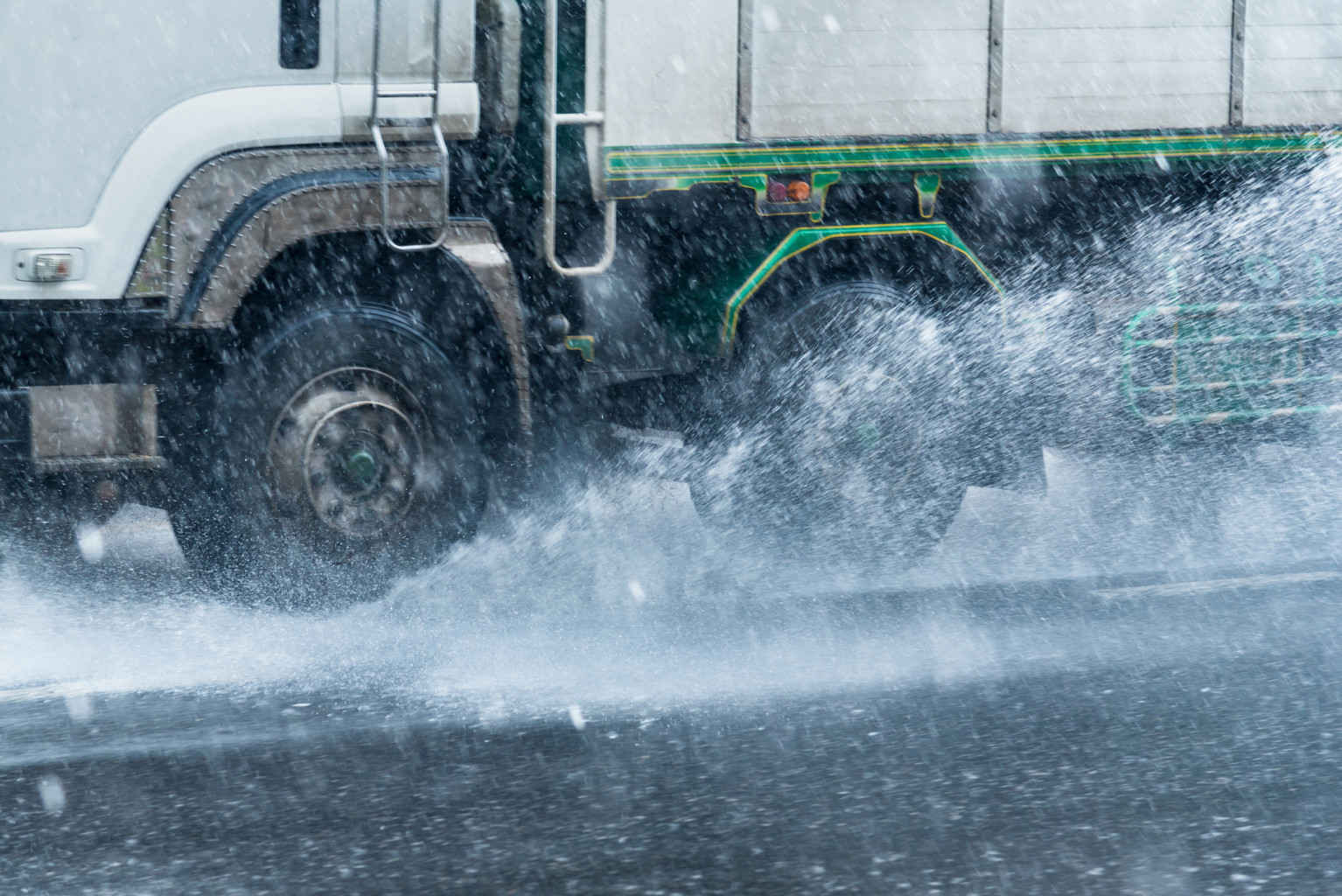
Moisture comes in many forms – rain, snow, and condensation cycles to name a few. Basically, any time water is permitted to sit on the surface of your equipment-asset it can cause corrosion of the metal surface.
What’s the big deal?
First, is the freeze and thaw cycles — if you live in colder climates. Freeze and thaw cycles allow water to penetrate a painted surface that may already have defects. As the water freezes it expands and this causes paint protection to crack, allowing more moisture to enter on the next cycle. Imagine pot holes on a road; same principle, but in regards to paint on a metal surface.
The gaps in the paint allows the moisture to contact the bare metal. Moisture then becomes more damaging; through a process known as oxidation the metal components of your equipment lose electrons when exposed to the electrolytes in water (science.howstuffworks.com). The more electrons metal components lose the faster they rust. Rust is damaging, both cosmetically and structurally to your asset. It breaks down the surface of your equipment, leaving whatever is underneath exposed. Even worse, is when rust begins to eat away at the structure or frame of your equipment; this can cause damage requiring substantial repair or even complete replacement.
Debris Impact
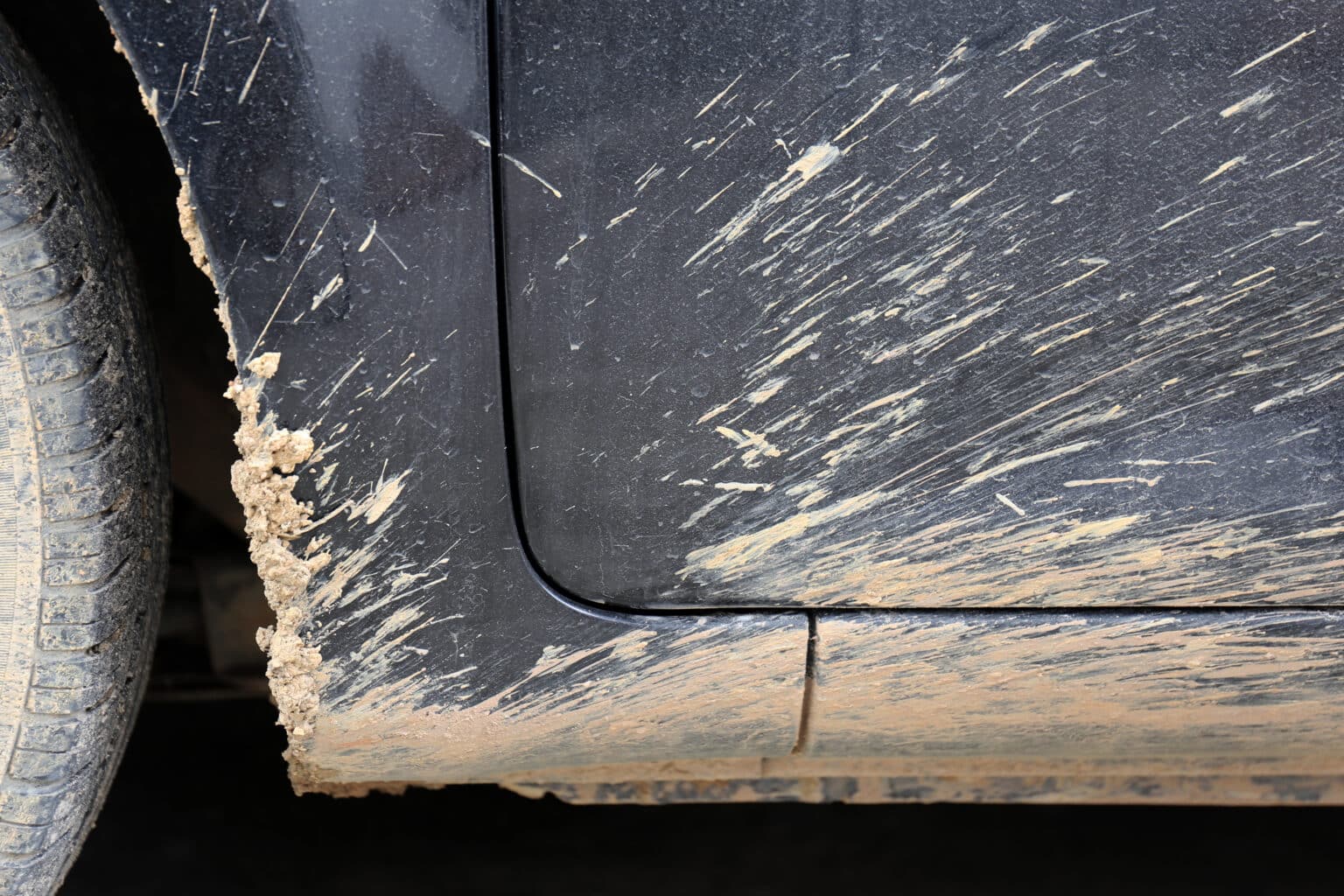
This is an often-overlooked issue when it comes to equipment protection. Debris impact is as simple as it sounds – any kind of flying debris impacting the surface of your equipment. Some examples would be hail, bugs, rocks, and road debris. Debris impact is most common over the road, where rocks – and any number of small – hard – particles can be launched by tire tracks.
What’s the big deal?
Debris will chip away at the finish of your equipment and speed up the deterioration of the coated surface. This deterioration multiplies other problems that naturally effect equipment: condensation cycles, UV degradation, and abrasion. The failure of the surface coating of your equipment will cause the equipment to corrode faster overall.
Salt
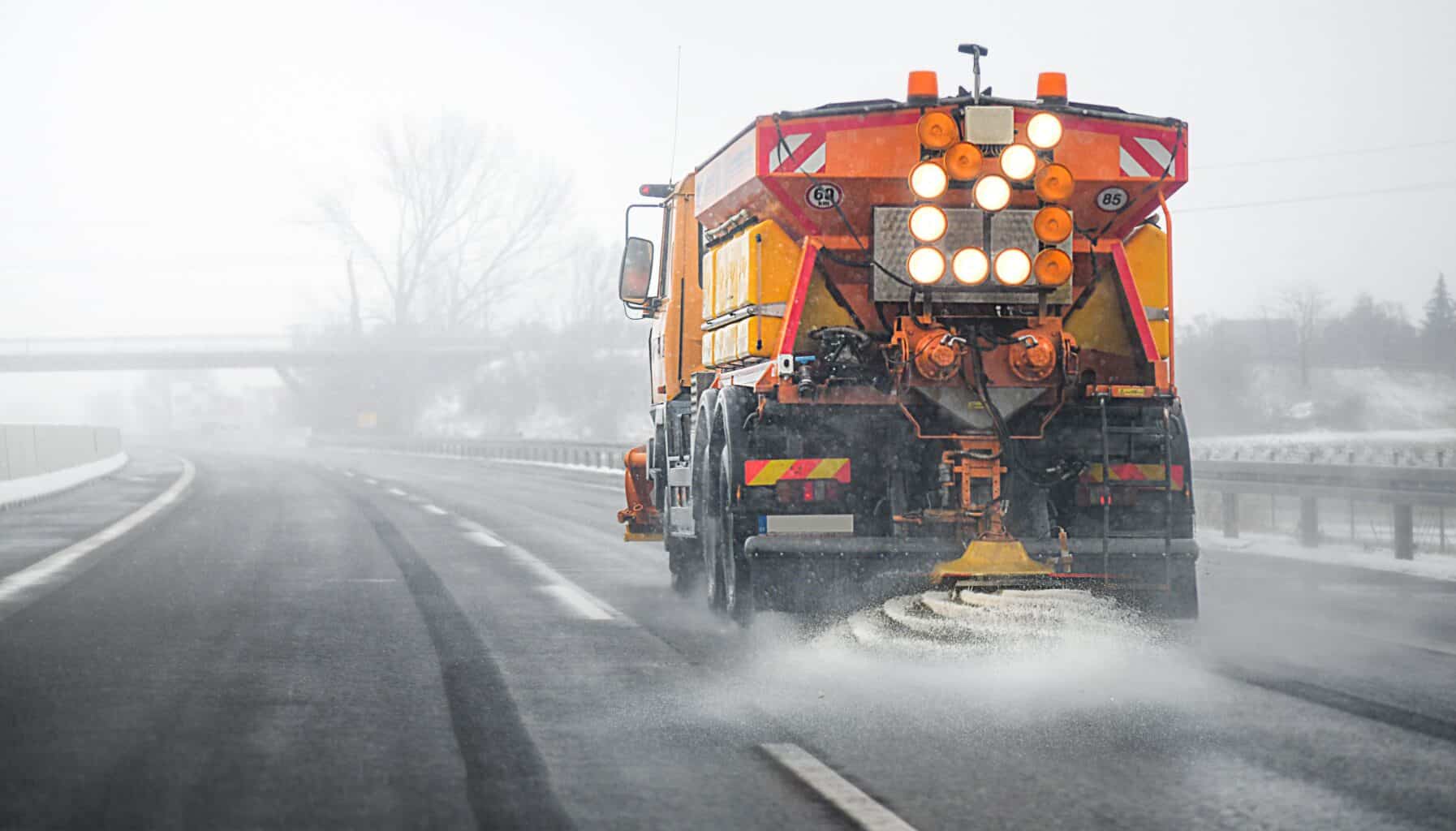
Equipment is exposed to salt, most commonly in the colder climates, where salt is required to keep roadways free from ice and snow. Salt is incredibly useful for clearing iced-over slippery areas, but it is extremely damaging to the metal components of your equipment. However, damage from salt is not confined to cold climates. Salt is present in the oceans and the seas of the world. Wind can carry salt from the ocean to vehicles and equipment in proximity to the shore.
What’s the big deal?
Once ion-infused salt residue gets spread and sprayed onto the surface of your equipment it goes to work at accelerating the rusting process. It does this through forming an electrolyte solution – speeding up the movement of electrons – causing metal components to lose more electrons and corrode faster (hemmings.com).
Dust & Dirt
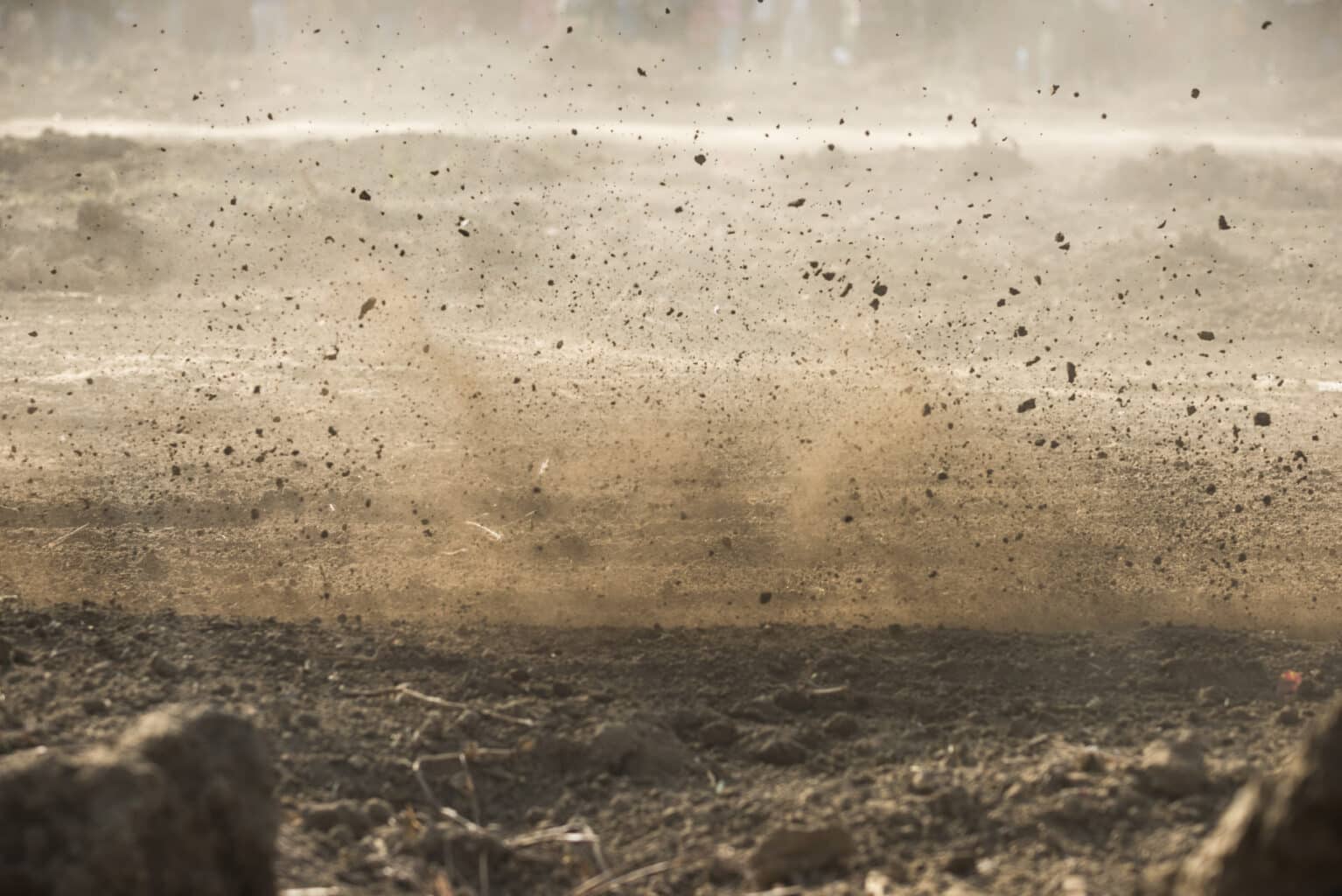
Dust and dirt (air pollution, and random particles picked up during transportation/storage) may not seem like an issue, but small particles can cause quiet the stir. Dust and dirt accumulate in the hard to reach areas of your equipment and may not even be noticeable to the naked eye. Dust and dirt are everywhere and can accumulate quickly.
What’s the big deal?
Dust and dirt are abrasive to the finish of your metal equipment. The abrasiveness causes a breakdown of the finish on your metal – the protective barrier that shields the metal electrons of your equipment. Once the finish is broken down, the bare metal of your equipment-asset is fully exposed to the other elements – moisture, UV rays, salt – which causes metal to corrode. A layer of dust stuck on your equipment may also create a surface for mold and mildew to stick to and grow on.
UV Rays
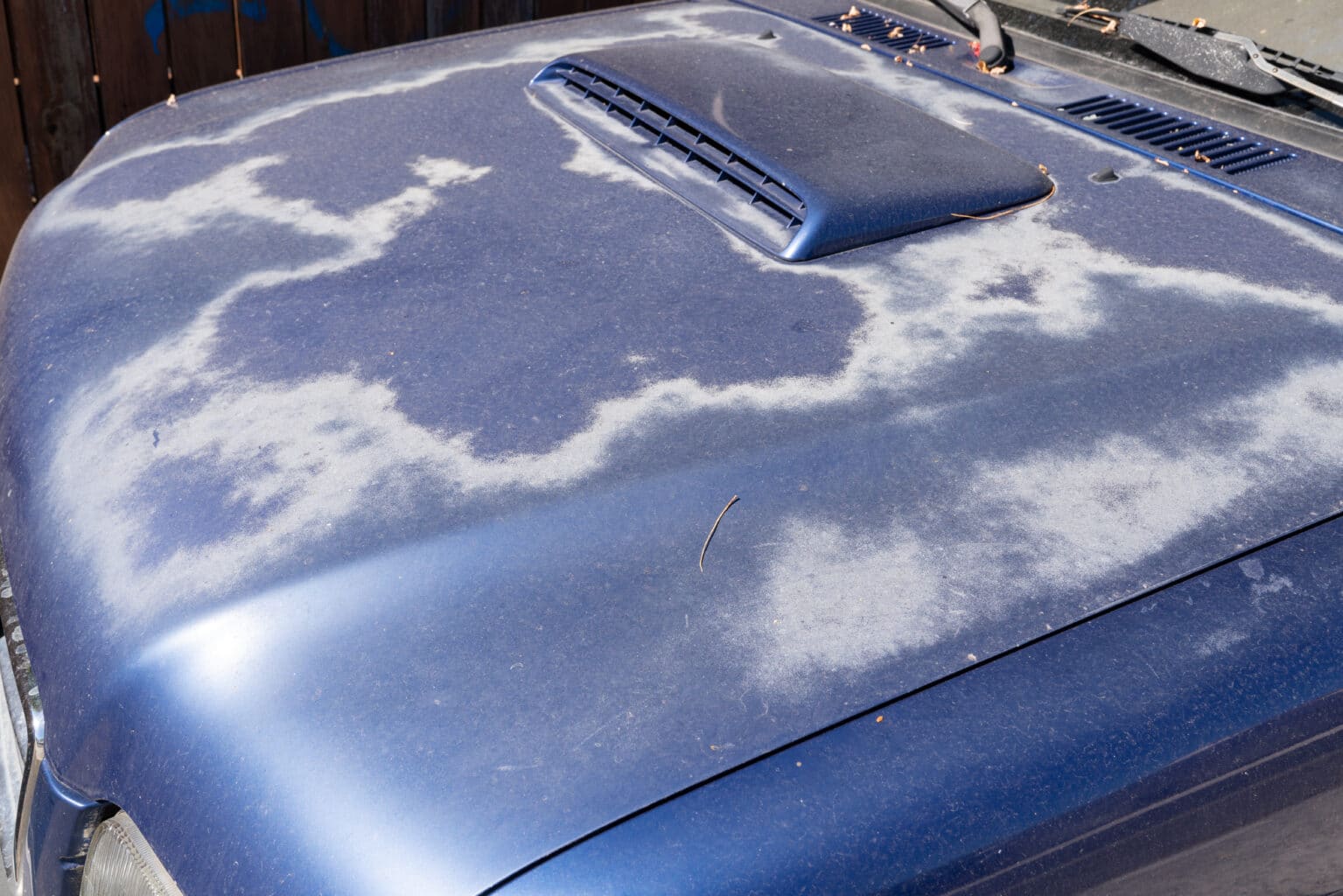
The damaging effects of UV rays on humans is well documented, but how about for your equipment? Leaving your equipment outside in the dry heat leads to over-exposure to the sun’s UV rays which will have negative long-term effects on your equipment — beyond the cosmetic depreciation of fading and cracking.
What’s the big deal?
Exposure to UV rays causes the paint and finish of your equipment to decay, this appears as cracking and delamination of the paint. Delamination and cracking expose the metal components to corrosion, which leads to more paint/finish breakdown and — more corrosion. UV rays can also damage the plastic components on equipment, causing them to dry out and turn into powder.
Now, what to do about it
Nature is wild and untamed, it assails your equipment with numerous elements that, if left unchecked, will quickly devalue your assets. Luckily, there are ways to prevent the elements from wreaking havoc on your assets and your bank account. Here are two methods you can quickly put into practice to keep mother nature at bay:
1.) Scheduled Cleaning
This is as simple as it sounds. Schedule regular cleaning of your equipment and machine assets. Regular cleaning will: keep your equipment free of dust/road grime, remove salt buildup, remove moisture buildup, and keep your asset in cosmetically pristine condition. As an auxiliary benefit, cleanings act as a chance for you to inspect your assets and catch deterioration problems in their infancy.
2.) Utilizing a protective cover
Finding the right protective cover for your equipment will go a long way in preventing equipment degradation. Custom-fit protective covers in particular provide protection from all the damaging elements that occur to equipment during transportation and storage.
Protective covers can also save you substantial money in maintenance costs. This evidenced in a Business Case Analysis performed by the U.S. Army, which found a 19:1 ROI (return on investment) when protecting military vehicles and equipment with covers — based on a cover life of two years. This is because many maintenance issues are corrosion-related and corrective in nature. If you are in the market for an equipment-protection solution, Transhield’s custom fit covers are proven to prevent paint and corrosion damage and can be applied to nearly any industrial equipment; wind turbines, machine tool equipment, HVAC systems, etc.
In conclusion
It’s important to have an awareness that nature’s elements will eventually degrade your equipment asset if preventative measures are not put in place. Corrosion alone is a global economic issue, costing industrialized nations 2% of their annual GDP output. Having a proactive mindset when it comes to corrosion-prevention, whether it’s for one piece of equipment or 1,000 pieces of equipment, can save you a considerable amount of time and money.